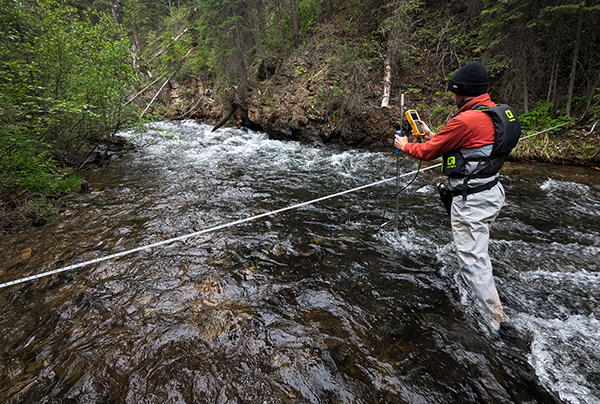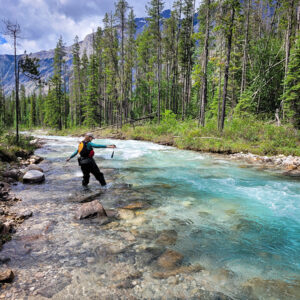Home »

Living Lakes joins call to modernize industrial water rates
Living Lakes Canada is joining communities across British Columbia in calling on the B.C. government to modernize outdated industrial water rates and reinvest new revenues in watershed security.
The BC Watershed Security Coalition’s new report, Modernizing Industrial Water Rates in BC: Ending the Great Water Giveaway, shows that British Columbia has some of the lowest industrial water rates in the country, at most $2.25 per million litres.
Meanwhile, funding for watershed security has dropped by nearly 80%, leaving local water science, stewardship groups, and First Nations without the stable support needed to strengthen community resilience to water-related crises such as droughts, floods, and wildfires.

By modernizing water rates, the province could generate more than $100 million annually and reinvest a portion of that revenue in the Watershed Security Fund to strengthen local economies, support collaborative watershed initiatives, and help communities prepare their adaptation efforts for the growing impacts of climate change.
“We’re seeing local watershed efforts stall just as the need for action grows. Communities want to protect their freshwater, but without stronger provincial investment, we’re losing momentum as trained staff are left without work and critical monitoring and restoration initiatives are scaled back,” said Kat Hartwig, Executive Director of Living Lakes Canada, a non-profit member of the BC Watershed Security Coalition.
Across B.C.’s Columbia Basin and throughout the province, Indigenous and non-Indigenous communities are already taking action to improve water management and local preparedness. With predictable, long-term investment, local efforts could expand to address the cumulative impacts of water insecurity and share best practices to support communities across the province in their efforts to build climate-resilience.
“Unlocking new, sustainable funding by modernizing industrial water rates can restore on-the-ground capacity, create jobs, and build climate resilience for safe communities, strong local economies, and healthy ecosystems,” said Hartwig.
“This is a fair and practical solution,” said Coree Tull, Chair of the BC Watershed Security Coalition. “We know governments are facing tough budgets, which is why we did our homework. Modernizing industrial water rates would generate new revenue, strengthen communities, and ensure that those who profit most from water use contribute their fair share to steward it.”
The BC Watershed Security Coalition is urging the province to include this reform in Budget 2026, modernizing how British Columbia values and manages its most vital natural resource.
Lead image: Living Lakes conducting hydrometric water monitoring at Dunbar Creek, B.C. LLC Photo
Living Lakes Canada







